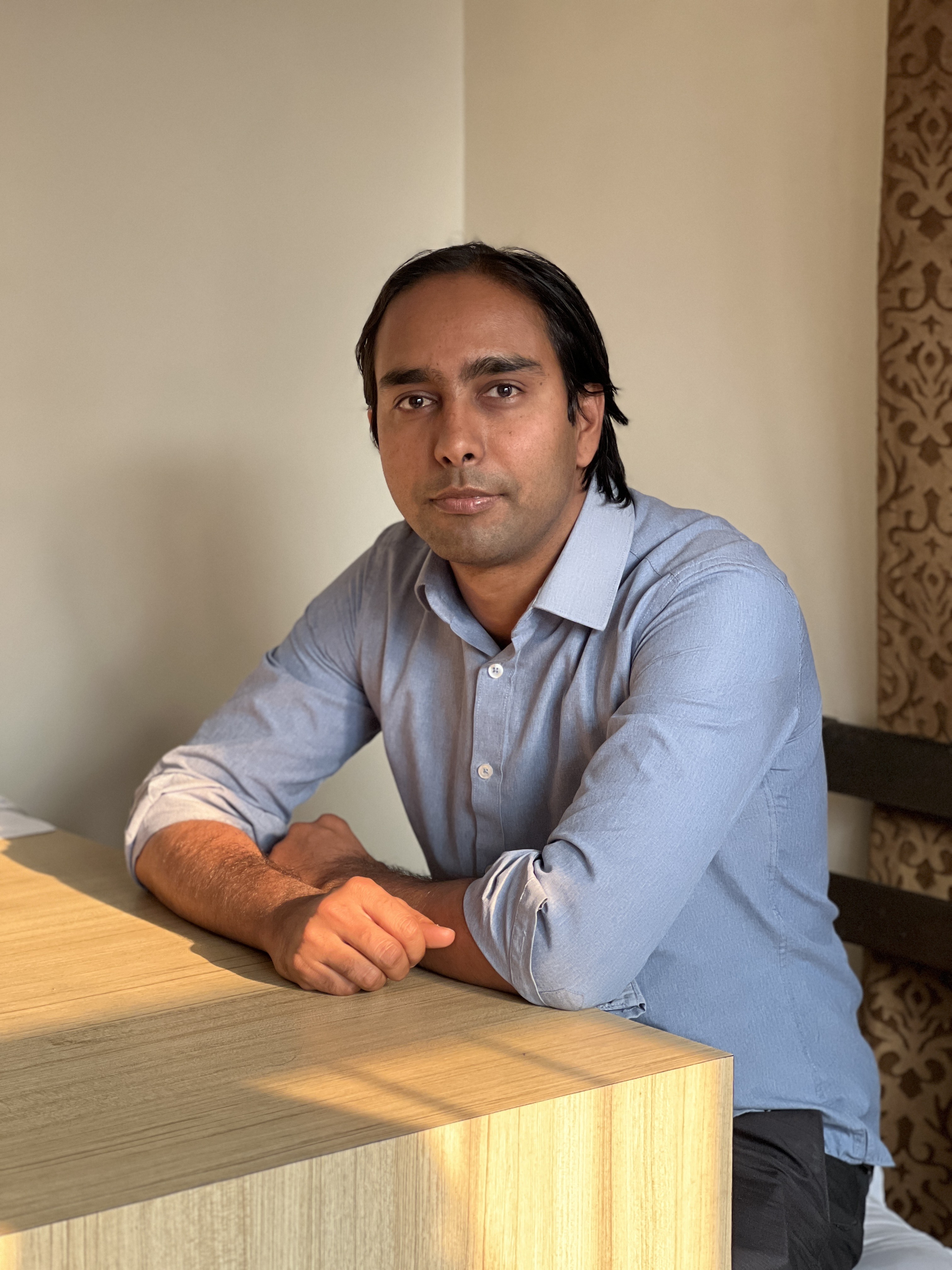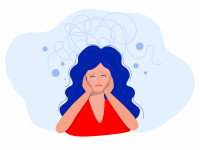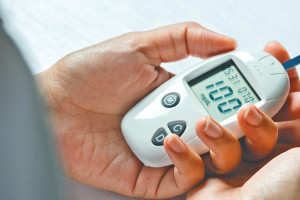Culture & Lifestyle
Healing invisible wounds
Clinical psychologist Rampukar Sah gives a comprehensive guide to overcoming PTSD and finding a sense of peace..jpg&w=900&height=601)
Apecksha Gurung
Everyone encounters stressful situations in their lives. However, when one has a strong emotional reaction to such a situation, to the point that it affects their everyday lives, then it can turn into a form of trauma.
Not everyone who experiences a traumatic event develops post-traumatic stress disorder (PTSD). However, when an individual has difficulty coping with the memories of the event, they begin showing signs of PTSD.
Clinical psychologist Rampukar Sah discusses the disorder and ways to cope with it in this interview with the Post. Sah is the chief executive director at Subha Mangal Group, a clinic for psychological services and has over half a decade of experience working in the clinical field of mental health. He also works in the Kanti Children’s Hospital’s child and adolescent psychiatry unit and as a part-time consultant at Metro Kathmandu Hospital.
What is PTSD?
PTSD stands for post-traumatic stress disorder. It only appears if a person experiences trauma, a state brought on by a potentially fatal incident or an inability to deal with an event that has occurred in one’s life. The triggers of PTSD are personal and subjective. Something that triggers one individual might not affect someone else in the same way.
One must expend psychological energy to deal with and overcome trauma. After some time, most people are able to recover from things that affected them in the past. But for others, this task seems impossible. After a point, it starts resembling PTSD. If unresolved trauma is impacting your daily functioning—like sleeping patterns, food intake, etc—then you are suffering from PTSD.
What are its symptoms?
The main signs of PTSD are sudden recollections of the event, followed by the body reacting with quick palpitations. You feel out of breath and suffocated. Most people have a fight-or-flight response to it.
What therapy techniques work for people with trauma?
There are several techniques that work for people with trauma. The first one I want to discuss is Eye Movement Desensitisation and Reprocessing (EMDR). We mainly used it with young clients. It can be paired with behavioural therapies—especially trauma-focused ones.
Another one is cognitive behavioural therapy (CBT). The goal of this technique is to assist patients in recognising and challenging their traumatically-related negative thought patterns. Exposure therapy, another component of CBT, involves gradually exposing the patient to the experience in a safe and controlled setting to lessen their fear and anxiety.

We tend to use different tactics when working with clients of different age groups. Children, adults and older people experience PTSD differently, so they all require different therapeutical approaches.
We tend to focus more on reassuring art and boosting self-confidence when working with youngsters. We also employ behavioural tactics to help us achieve this.
We use trauma-focused cognitive behaviour therapy more often in adults and adolescents. Beginning their session by calming them down and helping them develop self-control is imperative. Then, we work on their memory processing and confronting negative thoughts.
In order to acquire understanding and create more effective coping strategies, one can also use psychodynamic therapy to assist patients in exploring the unconscious feelings and conflicts connected to their trauma.
Group therapy is another thing that might work for individuals with PTSD as they can develop coping mechanisms in a supportive and safe setting. In these group sessions, they can share their experiences with others who have gone through similar things.
How can one cope with PTSD?
It is possible to lessen the frequency and severity of PTSD symptoms by recognising triggers and learning how to handle them. One way to achieve this is to avoid particular individuals, places, or activities that bring up certain memory or feelings.
Additionally, grounding themselves, taking deep breaths and muscle relaxation techniques can be used to recover from the effects. Getting enough rest, maintaining a healthy diet, exercising and meditating regularly and performing various self-care practises can help individuals stabilise themselves after a PTSD episode.
We encourage our clients to avoid unhealthy coping mechanisms like smoking or binge eating. Setting manageable, attainable goals can give one a feeling of control and accomplishment. This can involve daily activities, doing things they actually enjoy, focusing on their education, or hobbies. We promote healthy living and regular therapy; if the problem worsens, we collaborate with psychiatrists.




 10.12°C Kathmandu
10.12°C Kathmandu















